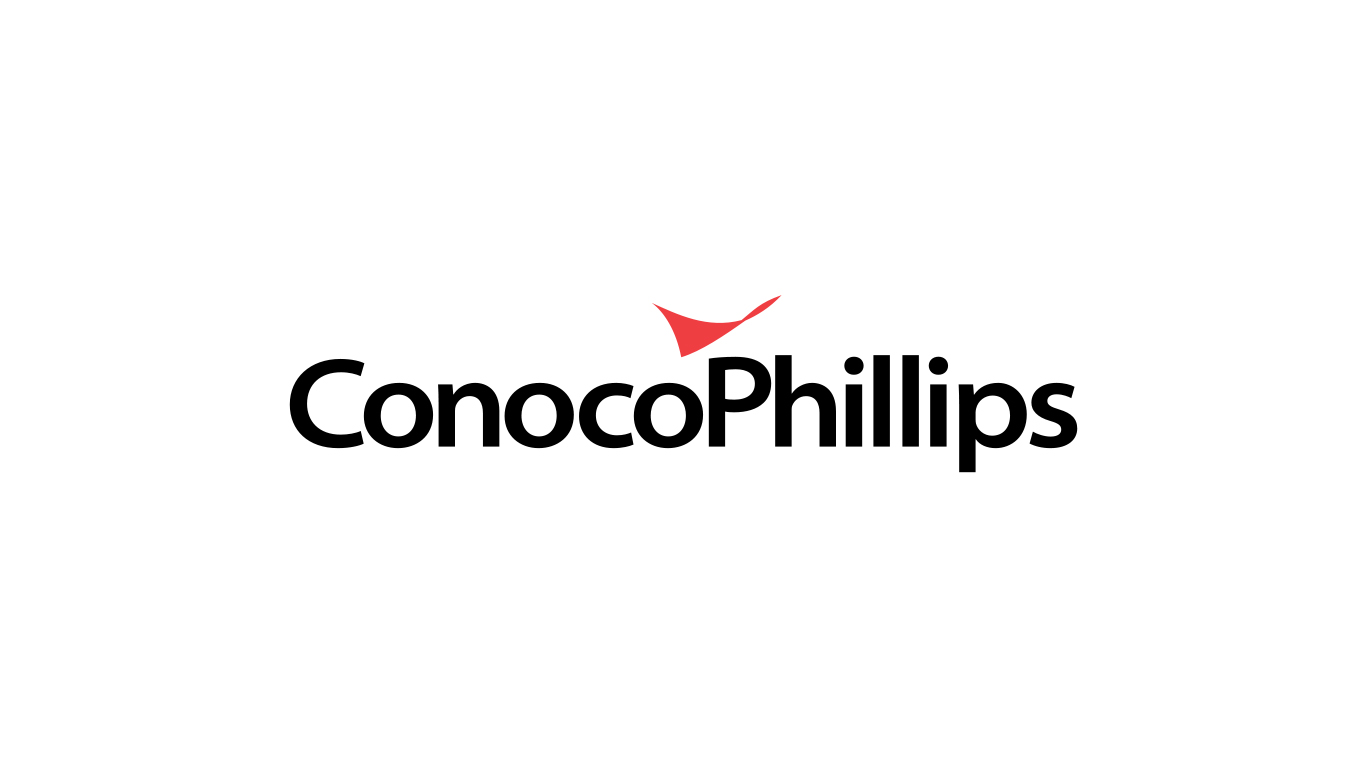Energy
$6.1 Billion 2019 Capital Spending Planned for ConocoPhillips

Published:
Last Updated:

The largest U.S. independent energy exploration and production company, ConocoPhillips (NYSE: COP), announced Monday morning its planned capital expenditure (capex) budget for 2019. The company said it plans to spend $6.1 billion next year, essentially flat with 2018 spending.
Whether the announced spending is a bellwether for the industry remains to be seen, but volatile crude oil prices have led the company to focus more attention on returning capital to investors.
CEO Ryan Lance said:
As we head into 2019, we plan to keep capital flat, increase our payout target, and deliver high-margin production per-share growth. This plan is focused on executing a consistent, balanced capital program that continues delivering predictable performance from our base business, as well as early-stage investments in attractive opportunities that can add low cost of supply inventory and drive sustained future returns.
We no longer think of our value proposition as merely disciplined, we view it as the new order. We are running our business for sustained through-cycle financial returns, which is necessary for attracting investors back to the E&P sector.
Oil companies got burned when crude prices dropped to around $30 a barrel in 2016 after investors lost confidence in their ability to produce returns. With prices that low, investment in more exploration and production only tipped the scale more heavily against producers like ConocoPhillips. Share prices dropped, market caps tumbled and layoffs became common.
There’s no compelling evidence yet that the industry is returning to those bad old days, but Conoco doesn’t want to take any chances. The “new normal” is to keep investors happy with rising dividends and stock buybacks and look first for new oil and gas where the company most wants to find it.
To make that happen, Conoco said its 2019 capex budget is expected to yield free cash flow at crude prices as low as $40 a barrel for West Texas Intermediate (WTI) and that the company will raise its shareholder payouts from 20% to 30% of cash flow from operations to more than 30%. The company also plans to spend $3 billion on buybacks next year, which, combined with dividends, represents about 50% of the company’s operating cash flow with a WTI price of $50 a barrel.
The company noted that each $1 swing in the price of a barrel of WTI results in a $30 million change in cash flow. Conoco expects to produce 1.3 million to 1.35 million barrels of oil equivalent in 2019, not including Libyan production. The company said that is a 5% pro forma increase that does not include dispositions or a mandated production curtailment in the Alberta oil sands but does include the planned completion of previously announced transactions by the end of this year.
Conoco expects to close 2018 with a resource base of 16 billion barrels of oil equivalent “at less than $40 per barrel WTI cost of supply.” The number that really matters is Conoco’s proved reserves (which will be less than its total resource base), which the company will report along with its 2018 financial results.
The company will spend just over half ($3.1 billion) of its planned capex in the Lower 48 states, including its positions in the Permian (Delaware) Basin, the Eagle Ford play and the Louisiana Austin Chalk play. Conoco also plans to spend $1.2 billion in Alaska and $500 million in both Canada and its Asia Pacific/Middle East region. Another $700 million is targeted for European/North African operations.
In early trading Monday, ConocoPhillips shares traded down about 1.1% at $65.16, in a 52-week range of $50.18 to $80.24. The stock’s 12-month price target is $81.32.
Start by taking a quick retirement quiz from SmartAsset that will match you with up to 3 financial advisors that serve your area and beyond in 5 minutes, or less.
Each advisor has been vetted by SmartAsset and is held to a fiduciary standard to act in your best interests.
Here’s how it works:
1. Answer SmartAsset advisor match quiz
2. Review your pre-screened matches at your leisure. Check out the advisors’ profiles.
3. Speak with advisors at no cost to you. Have an introductory call on the phone or introduction in person and choose whom to work with in the future
Thank you for reading! Have some feedback for us?
Contact the 24/7 Wall St. editorial team.